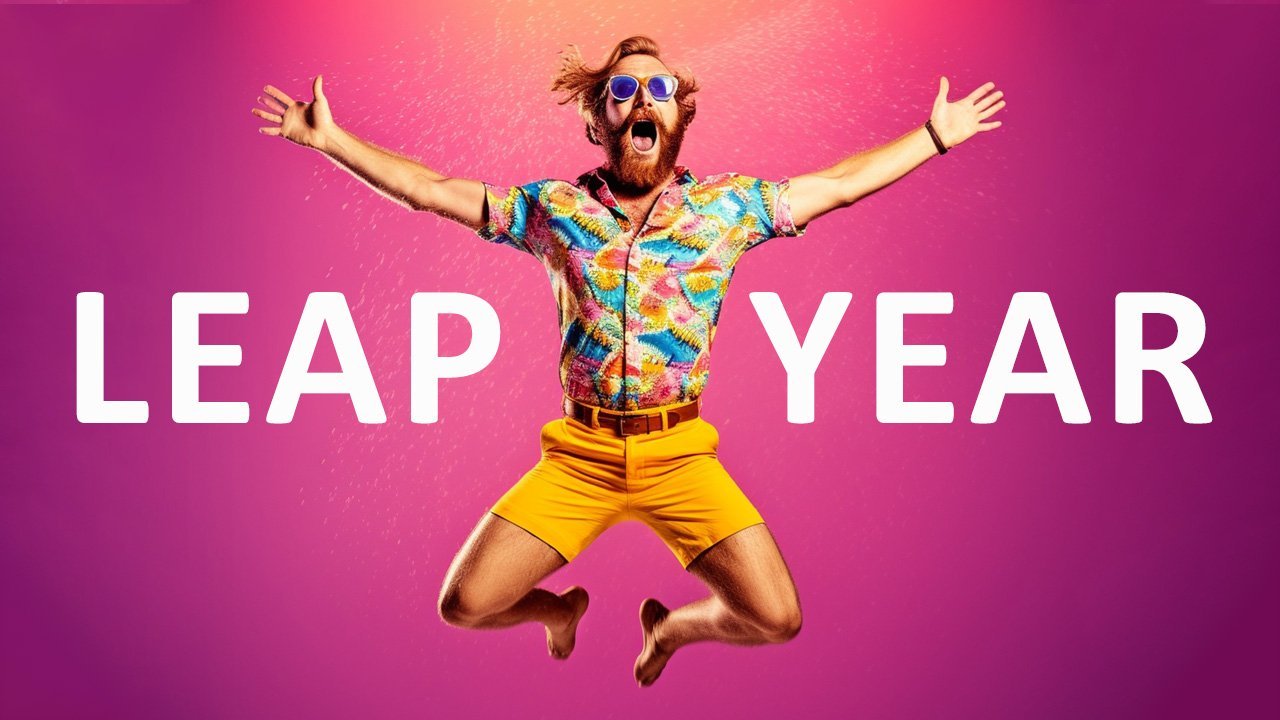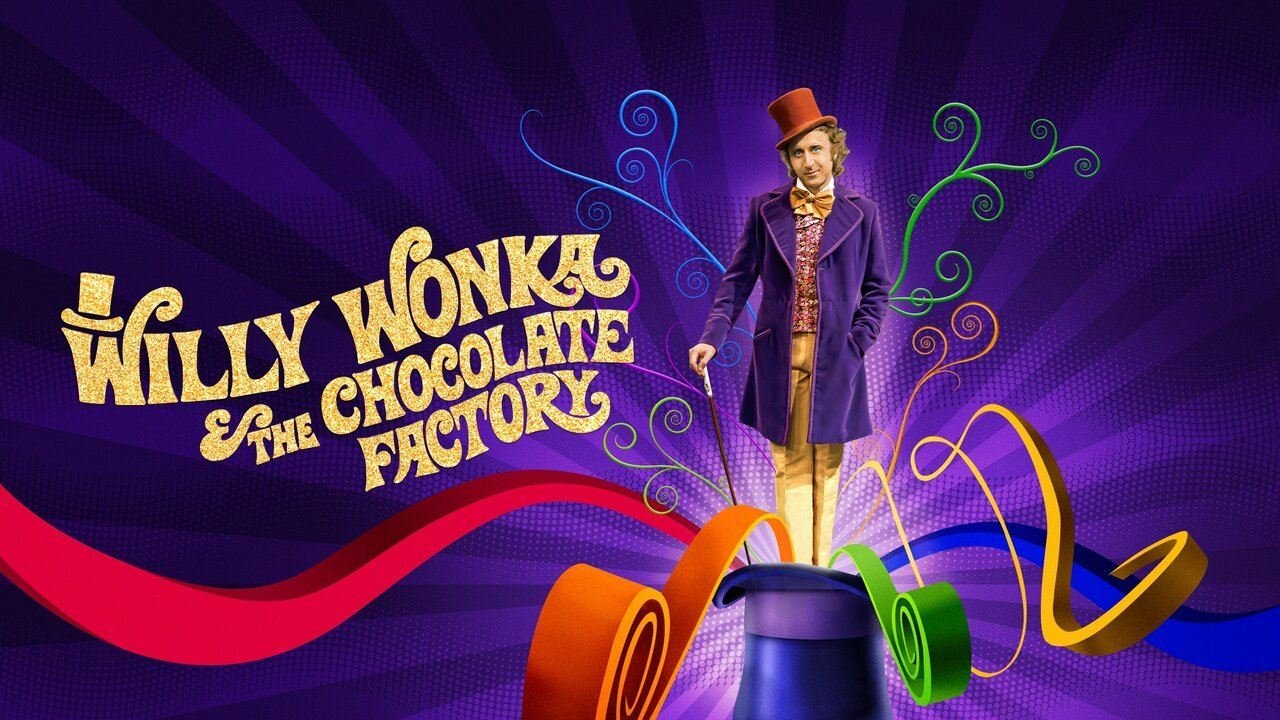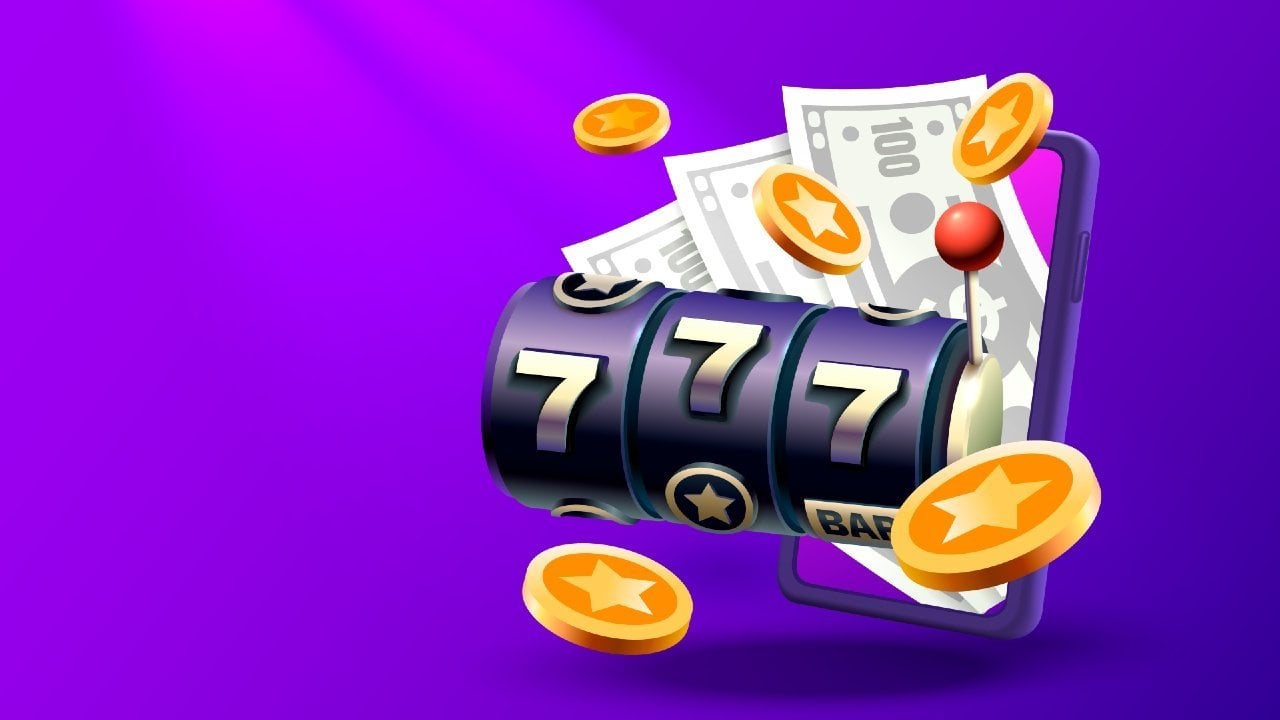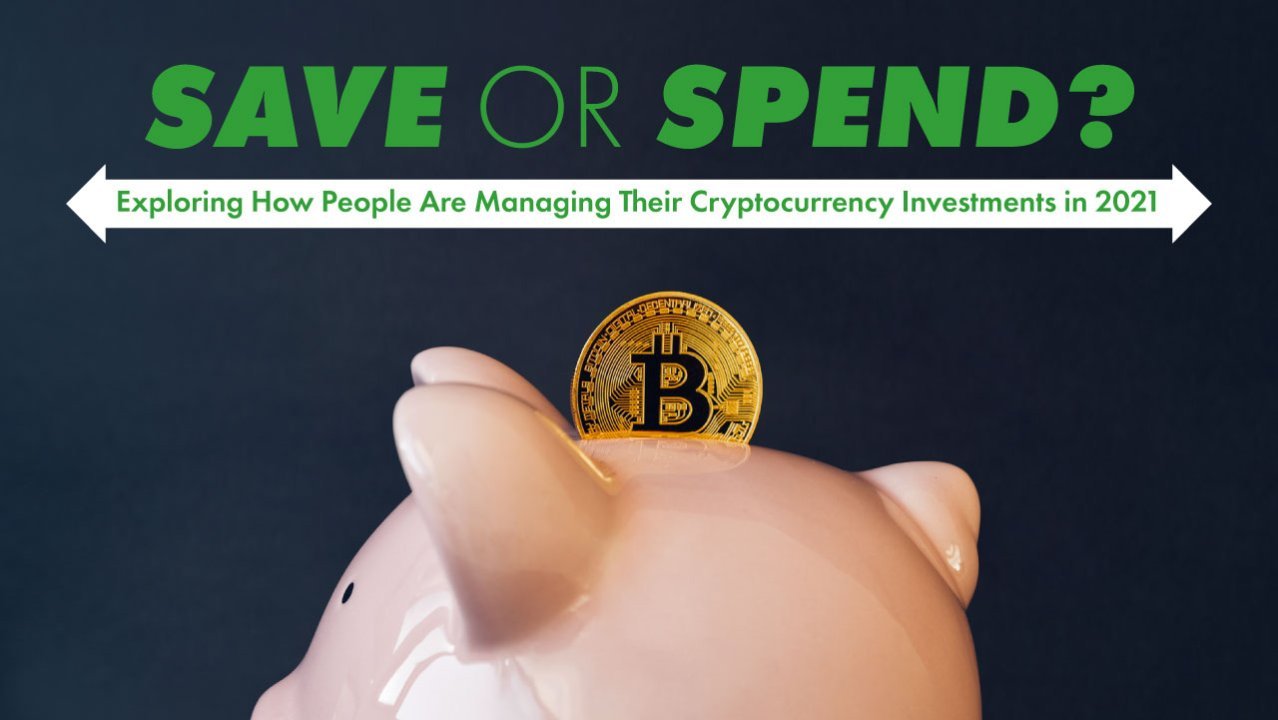-
Casinos for you
Exploring How Covid-19 Changed How We Watch and Engage With Movies Forever [Survey]
By GamblersPick Feb 21, 2021![Exploring How Covid-19 Changed How We Watch and Engage With Movies Forever [Survey]](/uploads/monthly_2021_02/future-of-movies.jpg.c2f69d051017f2081182b998c0c5fd77.jpg) Over 1.000 people share how their movie watching habits have evolved since the pandemic
Over 1.000 people share how their movie watching habits have evolved since the pandemicAs the new year settles in, people are still acclimating to life in lockdown. With not much to do but wait until the pandemic sorts itself out, many have begun to heavily indulge in one of America's favorite pastimes – watching movies and TV. While some have been to a theater recently, many remain hesitant to go to them. In the wake of isolation, countless people have transitioned to online streaming services, such as Netflix and Amazon Prime Video.
These companies, along with other competitors, have reaped the rewards of the pandemic – they've seen tremendous growth as theaters became relatively obsolete, for the time being. With their success, streaming platforms are motivated now more than ever to push out content for the general viewing public. As people have been generally satisfied with their streaming experiences – what does the future hold for movie theaters when it's all said and done? Read on to find out more about the current (and potential future) TV and movie watching climate.
The Streaming Takeover
Regardless of the pandemic, respondent preference between watching movies at home versus going to the theater was a pretty even split – 48% preferred to be on their couch, while 52% wanted the big screen. Still, 69% of them had shelled out money to watch a new release at home, independent of their streaming subscriptions. Fifty-six percent also admitted to purchasing and downloading a movie from a streaming platform.

Although 39% of respondents have canceled at least one streaming service since the pandemic started, 82% have added at least one (limited to platforms with at least 100 current subscribers). Disney+ and Amazon Prime Video had the highest jump in usage, with 30% and 29% adding these services, respectively.
The most used streaming services were as follows:
-
Amazon Prime Video: 76%
-
Netflix: 71%
-
Disney+: 47%
-
Hulu: 38%
-
HBO Max: 25%
The streaming services with the most cancellations since the beginning of the pandemic were as follows:
-
Disney+: 7.2%
-
CBS All Access: 7.0%
-
HBO Max: 5.9%
-
ESPN+: 5.7%
-
Hulu: 5.5%
The top streaming services by percentage of new subscribers since the beginning of the pandemic were as follows:
-
Disney+: 30%
-
Amazon Prime Video: 29%
-
Netflix: 17%
-
HBO Max: 15%
-
Hulu: 12%
Generally, the most used streaming service has been Amazon Prime Video, covering 76% of respondents. Prime Video has become the people's choice as it offers a ton of benefits. Their streaming service puts out Amazon Original Series, allows for cheap movie renting, and gives consumers the option to subscribe to over 100 channels such as HBO and Showtime. Also, a household can share Prime benefits at no additional cost. Aside from their streaming platform, a subscription offers customers many other perks including online shopping and music streaming.
Weighing the Options
When asked how eager respondents are to go back to movie theaters, their reactions covered all the bases. Between 19% and 24% were either not at all interested or were very eager, whereas 11% would go right now if they could. Fifty-six percent of them said they were presently able to go to the theater, and 39% had been to one in the last three months.

The best part about watching movies at home was the comfort aspect, according to 69% of respondents. In fact, an additional 2 of the top 5 answers revolved around comfort – being able to lie down (47%) and wearing pajamas (46%). On the other hand, half of respondents said that the worst part of the home theater experience was the lack of a "movie magic" feeling. This tied directly into what people missed most about going to the movies – 69% were longing for the "experience." The other top four answers described some aspects of this experience, eating popcorn and candy, having a date night, watching trailers, and enjoying the comfy chairs – these are what make the theater a special place to visit.
What respondents were happiest to live without, though, were the overpriced concessions and tickets, according to 69% and 68% of respondents, respectively. It was determined that the typical markup on movie theater popcorn was 788%, soda stood at 558% and candy at 313%. In 2018, Cinemark, an American movie theater chain collected $1.1 billion in concession sales at a cost of $181 million, resulting in an 84% profit margin. Clearly, customers have the right to be a little distraught about the cost of their popcorn and soda.
Who's Watching What?
The top movies that have been streamed during the pandemic included Hamilton (31%) and Mulan (28%) on Disney+ and Borat Subsequent Moviefilm (25%) on Amazon Prime Video. These movies were streamed most by baby boomers, millennials, and Gen Xers, respectively. Some felt the viewing experience would've been better at a movie theater – 65% of Mulan watchers agreed, as well as 66% of those who watched An American Pickle on HBO Max.

Only 30% of respondents would prefer to watch drama movies at the theater, but 62% love seeing action/adventure movies on the big screen. From 1995 to 2021, adventure and action movies have brought in the most box office revenue, at $63.57 billion and $47.72 billion, respectively.
Generation with the highest percentage of streams per movie
- Baby boomers were the most likely to have streamed Hamilton.
- Millennials were the most likely to have streamed Mulan.
- Gen Xers were the most likely to have streamed Borat Subsequent Moviefilm
- Millennials were the most likely to have streamed The Old Guard.
- Generation X was the most likely to have streamed Enola Holmes.
Top movies streamed by each generation, by percentage difference from the mean
Compared to other generations, millennials were more likely to have streamed the following:
- Mulan
- The Devil All the Time
- The Old Guard
Compared to other generations, Gen Xers were more likely to have streamed the following:
- Holidate
- Enola Holmes
- Bad Hair
Compared to other generations, baby boomers were more likely to have streamed the following:
- The Trial of the Chicago 7
- Black Is King
- An American Pickle
Some generations streamed movies more than others, and there were some noticeable genre differences in their choices. Two out of the top three millennial choices were action/fantasy movies (Mulan and The Old Guard). Baby boomers enjoyed drama/dramedies the most (The Trial of the Chicago 7 and An American Pickle), and there was no theme among Gen Xers, who had a romantic comedy (Holidate), crime/adventure (Enola Holmes), and comedy/horror/thriller (Bad Hair) in their top three.
Theaters Fight Back
Once it's all said and done, 44% of respondents believed movie theaters would be somewhat likely to recover from the pandemic, whereas nearly a quarter believed the industry might not be so lucky. Gen Xers were more skeptical than baby boomers and millennials.

Social distancing, wearing masks and post-movie disinfection were the top three measures that movie theaters would need to instill in order to make respondents feel comfortable going to one. Only 10% of them were confident in movie theaters' abilities to enforce thorough COVID-related safety procedures. CinemaSafe, a program launched to reintroduce movie theaters with proper health guidelines, have had companies all over the country pledge to meet or even exceed their guidelines. On top of the three previously mentioned measures, additional protocols include employee health training, air filtration, and modified concessions (e.g., contactless payment and eliminating communal food serving equipment).
Overall, 68% of people said they'd go back to the movie theater post-pandemic, whereas 32% will opt to continue watching from home. Millennials and Gen Xers were more eager to go out, while baby boomers leaned more heavily toward staying in.
We Like What We See (Besides Advertisements)
Back to streaming services, most respondents have been satisfied with their subscriptions. Peacock subscribers had the lowest satisfaction rate at 66%, and 17% of CBS All Access users were dissatisfied for one reason or another.

The most important quality of streaming services, by far, was deemed to be the quality of content. On top of the usual selection of movies and TV shows, all streaming platforms that ranked above 80% satisfactory level also produced their own original programming. Popular TV show examples include the likes of Stranger Things (Netflix), The Mandalorian (Disney+), and The Marvelous Mrs. Maisel (Amazon Prime Video).
The most common additional benefit that people splurged on was the removal of advertisements from their streaming platforms (33%). Ad blocking, in general, has become a more common practice among internet users – from 2014 to 2021, there was more than an 11 percentage point uptick in ad blocker usage (from 15.7% to 27%). Otherwise, 26% of respondents said they don't pay for any other premium benefits. The rest were primarily interested in live TV, exclusive/original content, and having multiple profiles on one platform.
Big Spenders
The average spending on streaming services among respondents was $46 a month, and an additional $44 had been spent on renting or buying movies online. Baby boomers spent the least on both, averaging $33 and $36, respectively. Also, in the pandemic-free world, people went to the theater twice a month, on average. On a current monthly basis, respondents reported streaming an average of 7.6 movies from home.

As soon as COVID hit our borders, streaming companies knew they had a big year ahead of them. In 2021, they are projected to spend $122 billion on content – an increase of 11% since last year and 31% from 2019. Netflix announced they would be releasing a new film every week this year, and other major streaming platforms like Hulu are investing fortunes into exclusive FX programming. The onslaught of content has surely kept most subscribers happy thus far, and it doesn't seem to be slowing down anytime soon.
The Next Episode
Clearly, the pandemic has forced us to change our movie watching tendencies, although the shift toward online streaming has been a welcoming experience for most. Many are confident theaters will make a comeback once it's all said and done, but that doesn't necessarily mean everyone is dying to go to one. There is that certain "movie magic" feeling that only exists in theaters, but the comfort of home has become equally as important.
As streaming services continue to release more content and features to their platforms, happy subscribers may never need a reason to leave their house ever again! Netflix surpassed 200 million subscribers thanks in part to the global pandemic, and other platforms have prospered as well as they continue to crank up their efforts heading into 2021 – the year for watching movies and television, apparently.
Methodology and Limitations
We surveyed 1,062 people about their movie watching habits. Fifty three percent of respondents were men, 46.7% were women, and less than 1% identified as nonbinary. Respondents ranged in age from 18 to 75 with an average of 38. An attention-check question was used to ensure respondents read questions and answers in their entirety.
The data we're presenting rely on self-report. There are many issues with self-reported data which include, but are not limited to, the following: attribution, exaggeration, telescoping, and selective memory.
Fair Use Statement
Before heading off to watch a movie, feel free to share this article with friends and family. We only ask that you do so for noncommercial use and to please provide a link back to the original article page so our contributors can earn credit for their work.
Tags
Related Blog Posts
-
-
CASINOS
- Popular
- Specialty
- Features
- Casinos By
-
BONUSES
- Popular
- By Type
-
GAMES
-
Slots
- Popular
- By Software
- Variations
- Features
-
Blackjack
- Popular
- Variations
- Features
-
Roulette
- Popular
- Variations
- Features
-
Video Poker
- Popular
- Variations
- Features
-
Craps
- Popular
- Features
-
Baccarat
- Popular
- Features
-
Poker
- Popular
- Variation
- Features
-
More Games
- Keno
- Bingo
- Fixed Odds
- Other Games
-
JACKPOTS
- Popular
- By Game
- By Software
-
COMMUNITY



.png.0f651d9e8ab97819d8e6bcc89d162b26.png)

.png.a0acfd195007976e042ec7e6bcc699bc.png)












.jpg.6b9828f10acec861aa6d7ecd9550803e.jpg)



.jpg.0f083fed53833a901d7e4f85850a3502.jpg)


.jpg.80608d000033788c9aa397d7b5489349.jpg)








.jpg.6b9828f10acec861aa6d7ecd9550803e.jpg)
![Gauging Investors’ Stock Market Knowledge [Survey]](/uploads/monthly_2021_09/stock-market-smarts-header.jpg.ed9e6b59e99212d460da620a6bcb5d24.jpg)






Recommended Comments
There are no comments to display.